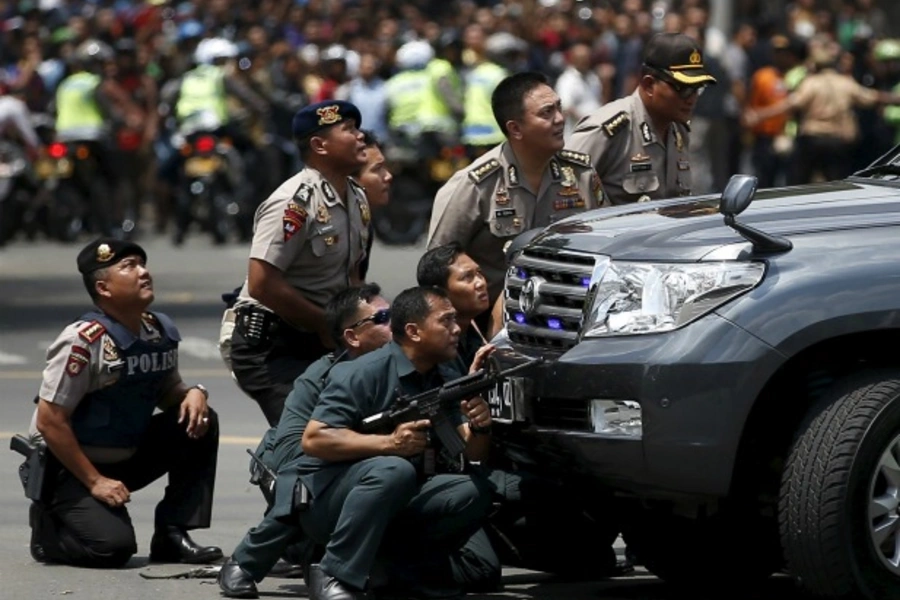More on:
Over the past year, as the Islamic State (ISIS) has suffered multiple losses in Syria and Iraq, the group has clearly been looking to widen its impact, taking the fight to countries outside of the Middle East. Increasingly, ISIS leaders have used social media to call on Islamic radicals to stage attacks in countries in the West like France and the United States, where the Orlando gunman, the San Bernardino gunmen, and the Nice attacker, among others, have publicly identified themselves with ISIS. In most of these cases, the attackers were lone wolves (or duos) who had not received any training or funding from ISIS, and often had not even traveled to Islamic State-controlled territory to train and fight. (To be sure, some recent attackers in Western nations had traveled to ISIS-controlled territory and fought with the group.)
At the same time, ISIS leaders also have stepped up their campaigns to train, advise, and influence potential radicals in South and Southeast Asia, which are home to the largest number of Muslims in the world. As coalition forces advance on ISIS centers like Mosul in Iraq and, eventually, Raqqa in Syria, this campaign to win over South and Southeast Asians is likely to intensify.
South and Southeast Asia are home to the majority of Muslims in the world, but ISIS is not looking to the region just because it has a potentially large pool of recruits to draw from. These countries might seem like environments conducive to ISIS for several reasons.
For more of my analysis of how South and Southeast Asia may be turning into ISIS’s new recruiting grounds, see my new piece for the Carnegie Council.
More on:
 Online Store
Online Store
